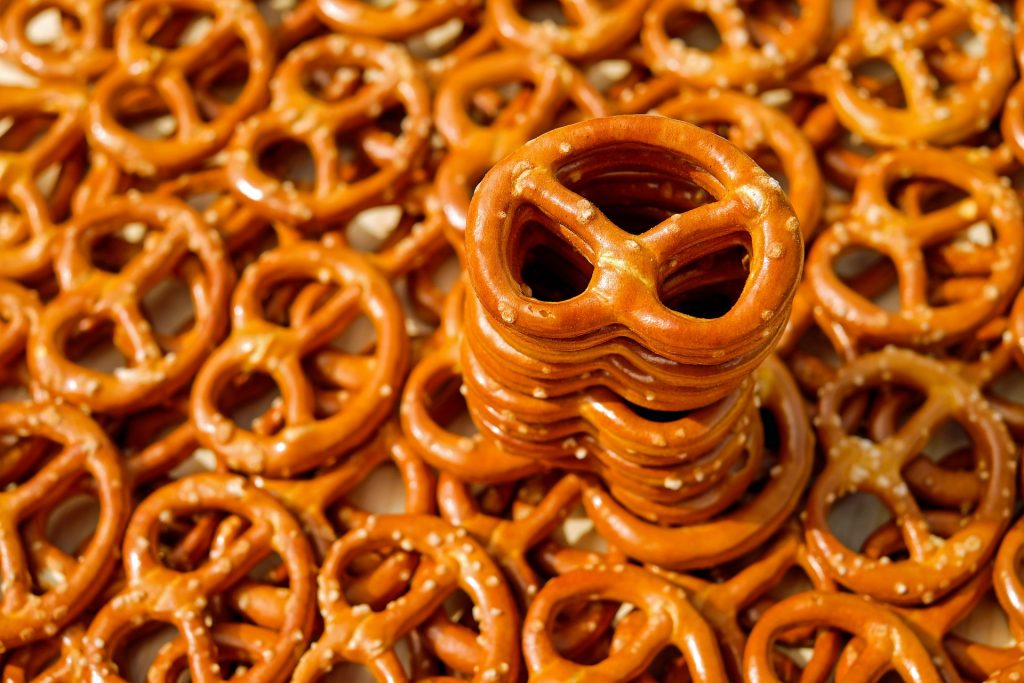Do you ever head straight for the fridge or pantry after a long night of work, studying, or hanging out with friends? Late night snacks or “quick bites” often include foods high in salt, sugar, and/or saturated fat. These foods can be enjoyed in moderation, but when eaten regularly and in excess, they may be a source of unintended weight gain or lead to other health problems. If late night eating is a habit for you and many of the foods you choose are processed or packaged, try some of the following strategies to be better prepared and choose healthier alternatives.

Plan ahead
Planning ahead helps you think about what and where you’re eating. By eating throughout your evening events, hopefully you won’t experience as much hunger at the end of the night.
- If you are planning for a long night of studying at the library or a late shift at work, pack a banana and peanut butter pouch, nuts and some grapes, or a cheese stick and some crackers to munch on as an evening snack.
- If the bars are the hangout place for the evening, throw a granola bar or bag of pretzels into your bag before you leave.
- When going over to a friend’s house, take along a healthy snack item to add to the mix—like gourmet popcorn or baby carrots and dip—so you’ll have a better option when everyone else goes for the cookies or chips!
Get organized
- If your habit is to head straight for the refrigerator when you come home late at night, move the healthier items to the front, so they are the first thing your eyes see. By moving the less healthy foods to the sides or the back of the shelf, you may find yourself making a healthier choice at the end of the night.
- Think about putting a healthy, non-perishable snack out on the counter before you leave for the evening. If it is already out when you come home, you are more likely to gravitate towards it.
Know portion sizes
- People have a tendency to snack mindlessly, especially late at night. If you grab the entire bag of something, you may end up eating more than necessary. Instead, use a small bowl and fill it with one portion.
- Just because some foods are conveniently portioned in small containers does not necessarily mean they are only one serving. Always read the nutrition label to find out what a serving size is and how many calories you would consume if you ate or drank the whole thing.
Consider these tips ahead of time to help make a healthier choice next time you plan to arrive home late.


